Sourdough Focaccia
September 11, 2020
Have you, like us, made sourdough during quarantine and now have sourdough starter coming out of your ears? Just to change things up a bit, here’s a simple focaccia recipe you can make to use some of that starter up and make something different.
Garlic and Onion
We’re keeping it really simple here and making a garlic, onion, and basil focaccia, but of course you can use any toppings you want. This recipe is so good on its own—just goes to show that even if you have no special ingredients, you can make bomb focaccia!
Scroll down for the video and recipe ↓
Focaccia — The Pizza of Bread
Focaccia is such a cool bread recipe because, much like a pizza, you can do so many different flavors. You can make focaccia with bell peppers, zucchini, mushrooms, eggplant, or even potatoes. You can think of it almost like a fridge-emptier too. Have a random zucchini in your fridge? Put it on a focaccia. Got 1 onion and half a bulb of garlic? Add them too. Just top with fresh herbs and *chef’s kiss* you have beautiful focaccia. Ingenious — those Italians know what they’re talking about!
Using Sourdough for Focaccia
The great thing about using your sourdough starter for focaccia is that you don’t have to use additional yeast in this recipe. The starter provides all the yeast you need!
Plus, the focaccia dough is going to be so much more flavorful than if you were to use dry yeast instead because of that undeniable sourdough taste. It really elevates any bread and makes it tase like you paid $20 for it.
And if you don’t have sourdough-try it! It’s easy to make and you don’t even need to feed it constantly. Just keep it in the fridge and feed it every 2 weeks. It’s super handy if you not only want to make bread in the future, but make fluffy pancakes, waffles, or any dough-like mixture. And once you make your own sourdough, believe us, you’re going to wonder why even the best bakeries can’t rival your homemade sourdough! We’ll be writing a blog post all about making your own sourdough soon, so keep a lookout for that!
A note on flour measurements:
The amounts of flour are in grams only, not cups, for precision. Grams are a measure of weight and therefore 100% replicable if you have that number, whereas cups are a measure of volume. Fractions of a cup are a lot harder to replicate, and not all cup measures are exactly the same. Instead of guessing how much 1/8th of a cup would be, for example, the exact weighted amount is far more accurate.
Check out the quick recipe video here:
Sourdough Focaccia
Makes 1 large focaccia
Dough
194g bread flour
120g whole wheat flour
140g all-purpose flour
4 tbsp | 40ml olive oil
1 1/2 tbsp | 15ml maple syrup
2 tsp | 10g sea salt
190g sourdough starter
305ml lukewarm water
Toppings
6 tbsp | 60ml extra-virgin olive oil
1/2 medium onion, sliced
5-8 cloves garlic, thinly sliced
fresh basil leaves, for topping
fresh thyme, for topping
Maldon salt (flaky salt), for topping
-
Add all dry dough ingredients to a large bowl or stand mixer and mix to combine.
-
Add all wet dough ingredients. Mix together to form a dough with your hands or with stand mixer on low speed for 15 mins. Place mix in a container big enough for it to double in size, wrap, and leave in the fridge overnight.
-
The next day, stretch it out with your fingers on a lightly floured surface. Transfer to the tray you’re going to bake it in (make sure it’s lined with parchment paper or oil + flour) and use your fingers again to prod and stretch it to the edges of the tray.
-
Add olive oil all and sprinkle onion & garlic slices. Top with fresh basil & thyme leaves and leave to prove until it doubles in size–the time for this depends on the temperature of your kitchen. Bake at 450º for 25 minutes. Remove from oven and let cool before cutting.
Don’t forget to tag us on Instagram @eatogether.co and show us your creations!

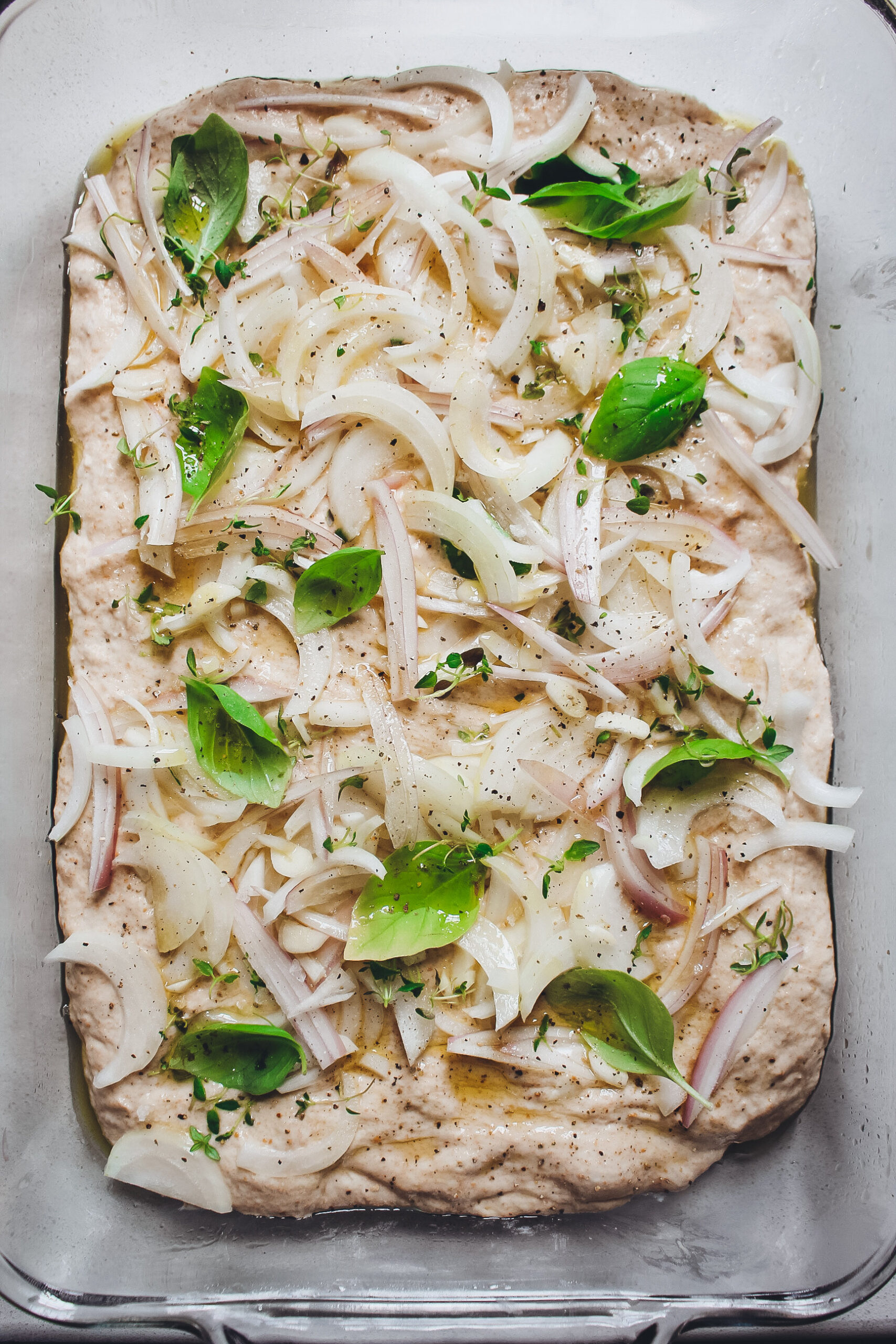
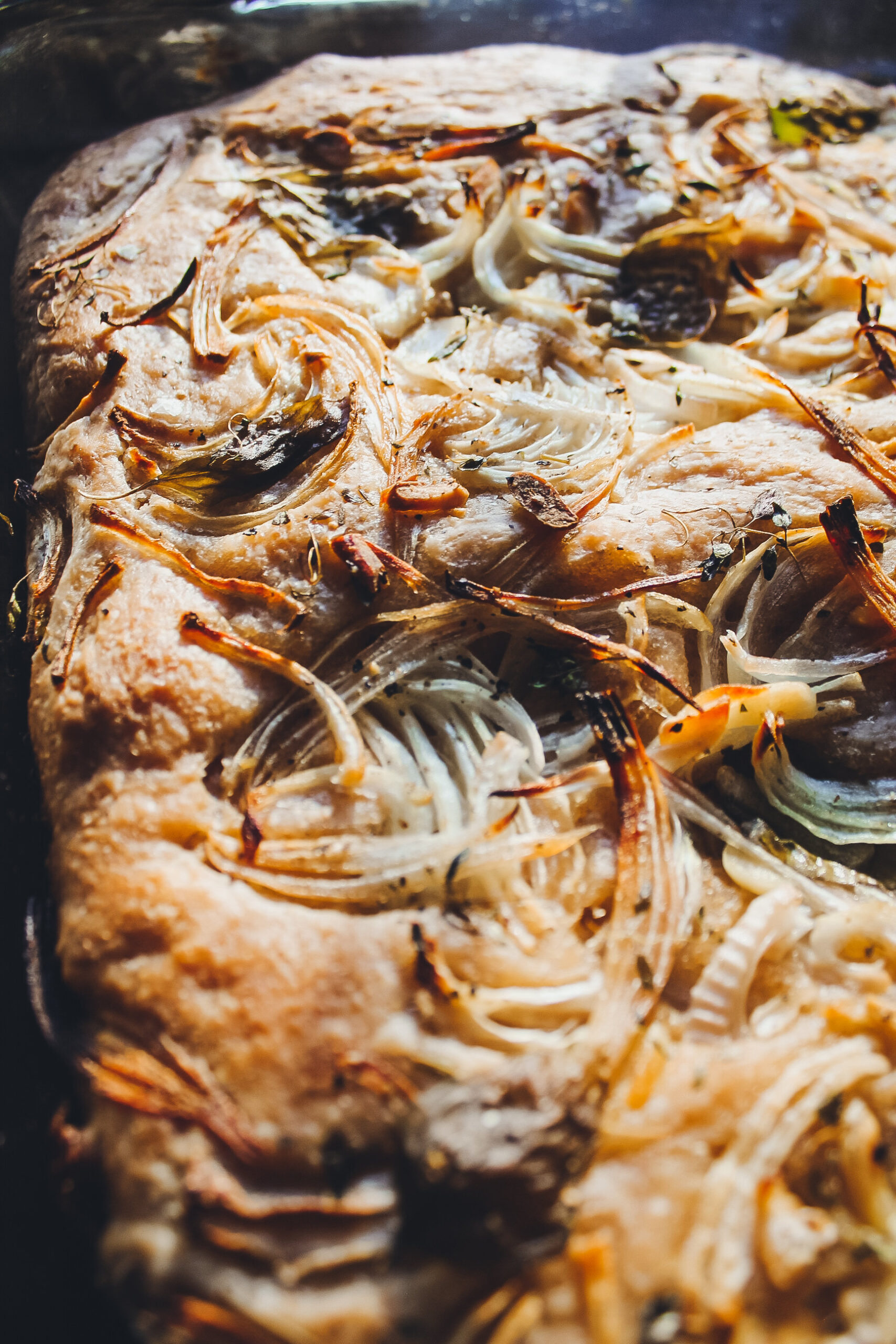
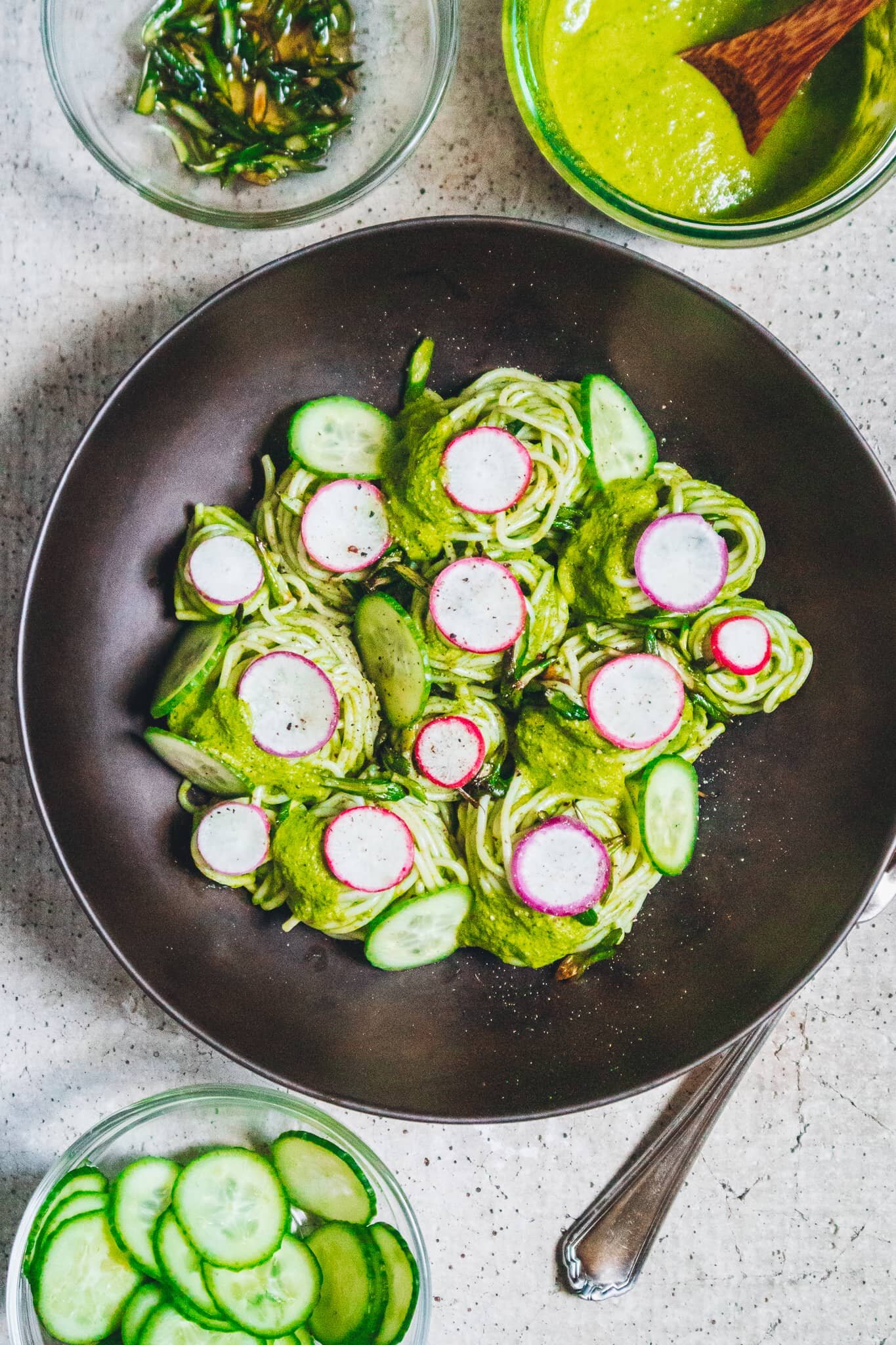
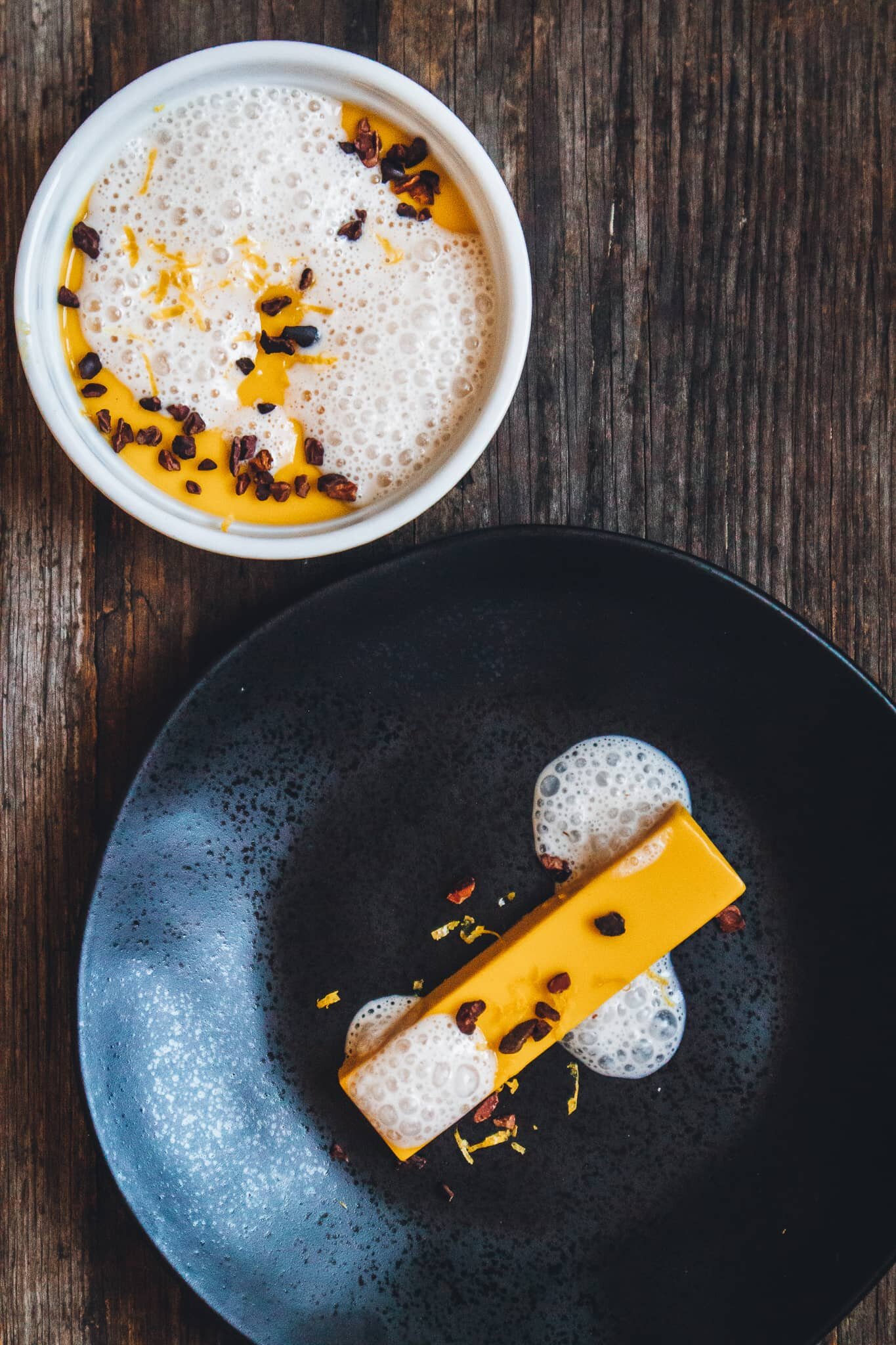

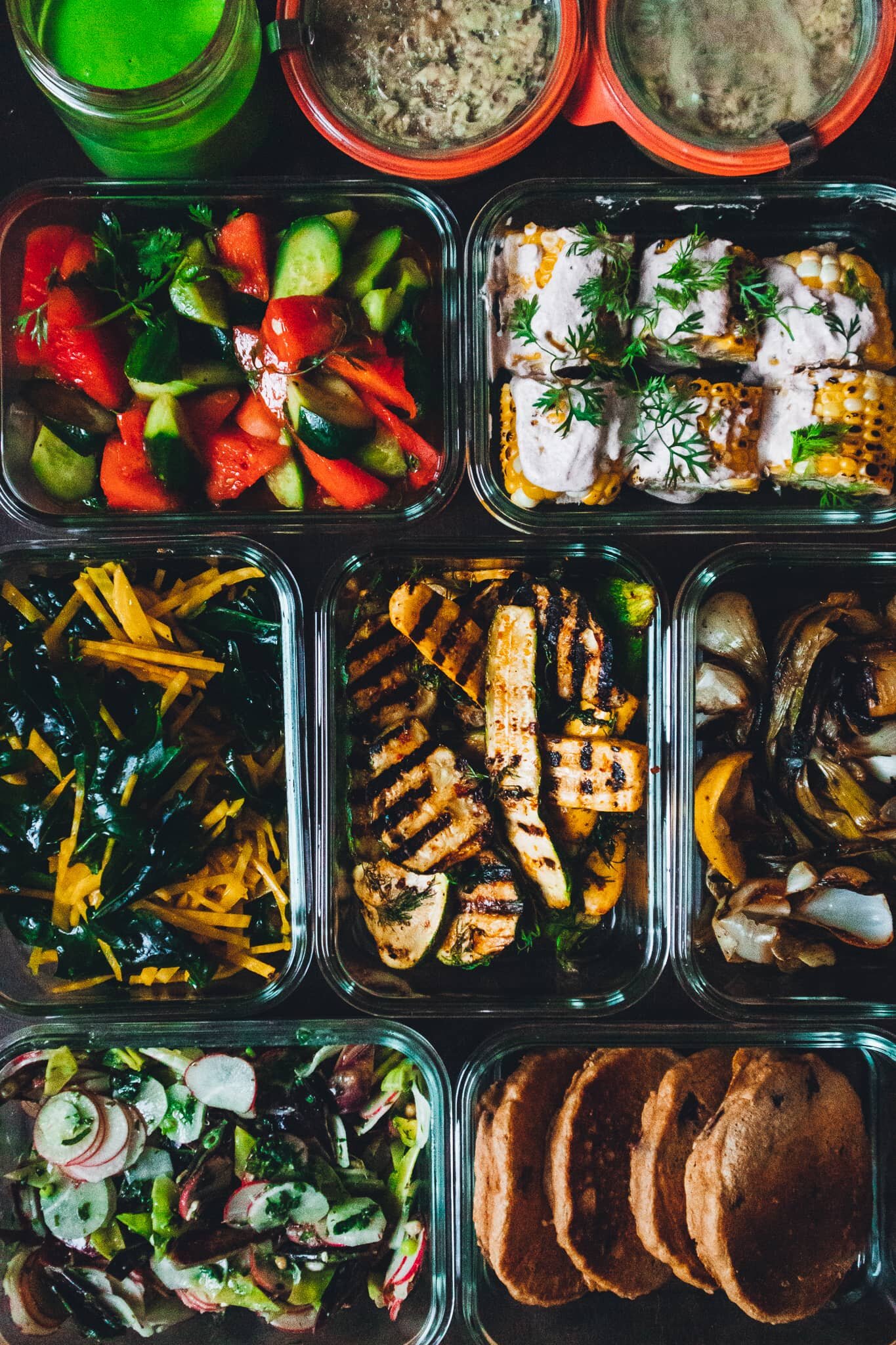
be the first to comment